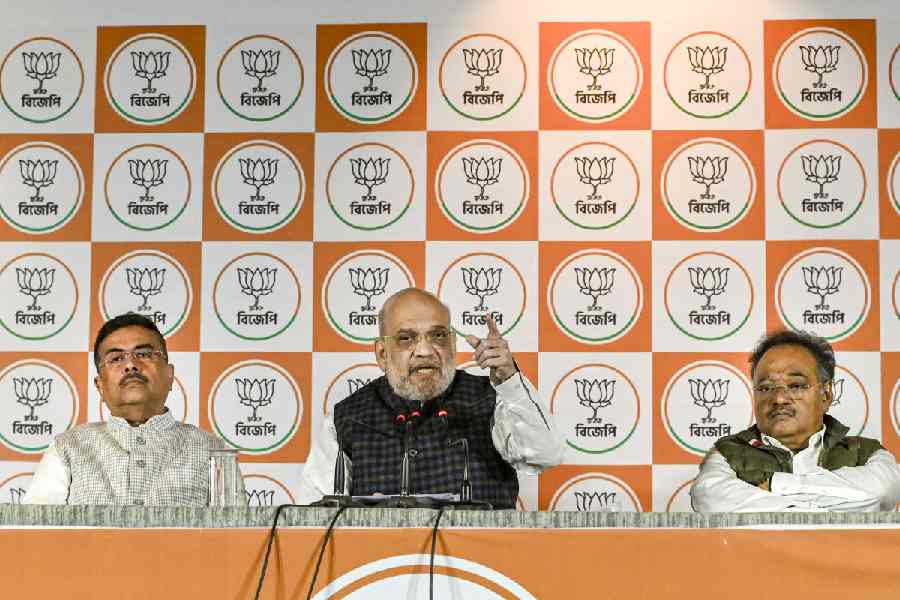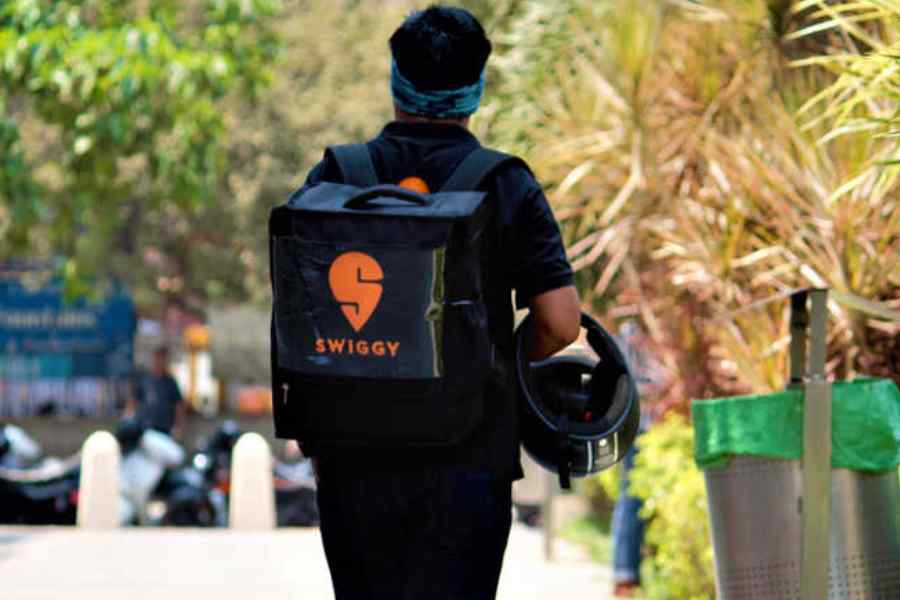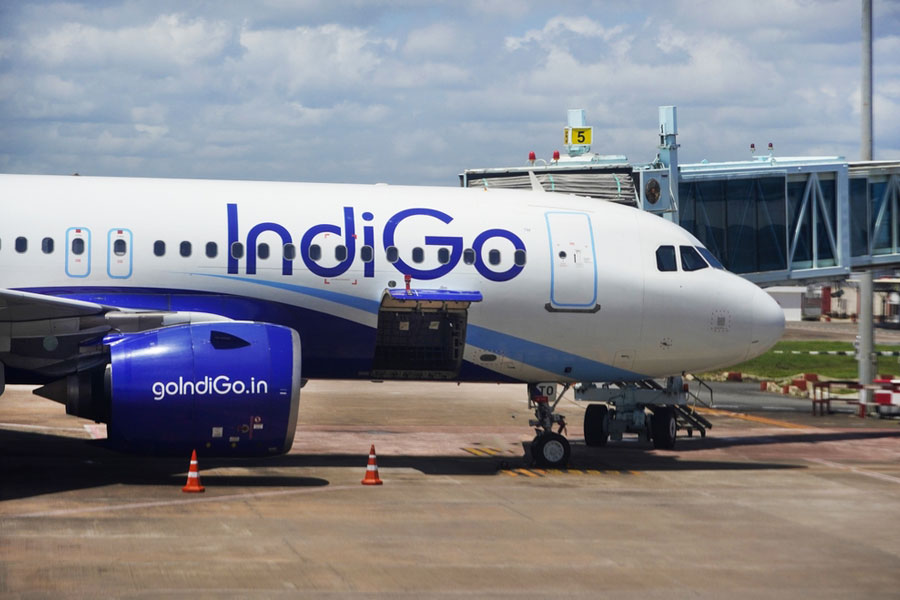 |
| Diagram of Chandrayaan-1 with onboard instruments and sensors to scan the moon |
New Delhi, Sept 17: India’s first moon-bound craft has survived a crucial set of ground tests in Bangalore, demonstrating that it will neither freeze nor roast when it encounters the hostile deep space environment.
For 21 days, the fully-assembled Chandrayaan-1 spacecraft was placed in a large cylindrical vacuum chamber, the shape of a giant pressure cooker, where it was exposed to roast-and-freeze cycles, heated to 120 degrees celsius and cooled to minus 150 degrees celsius.
All onboard instruments and electronics remained intact in the tests that were designed to simulate deep space conditions, a senior scientist at the Indian Space Research Organisation, Bangalore, told The Telegraph.
Isro hopes to launch Chandrayaan-1 next month and guide it into an orbit 100km above the moon for a two-year mission that will include mapping the entire lunar surface in 3D, searching for minerals, and exploring lunar geology. India’s first lunar mission has cost about Rs 386 crore, of which Rs 100 crore has gone into a new antenna network to communicate with spacecraft on interplanetary missions.
The roast-and-freeze test is routinely subjected to all satellites, including Isro’s weather and communication satellites. Only the conditions of exposure sometimes vary. “Now, vibration tests remain. After that, Chandrayaan-1 will be sent to Sriharikota for launch,” an official said.
India’s Polar Satellite Launch Vehicle will ferry Chandrayaan-1 into space.
Chandrayaan-1 will carry five Indian-made cameras and instruments to study the moon from lunar orbit, while five other instruments designed by scientists in the US and Europe will piggyback on the Indian mission.
“We’re hoping to do research not done before,” said Martin Wieser, a scientist at the Swedish Institute of Space Physics, Kiruna, Sweden, who helped build an instrument called SARA — Sub Kev Atom Reflecting Analyser —, aboard Chandrayaan-1.
Isro scientists have also placed aboard the spacecraft a moon Impact Probe, a 29kg instrument about twice the size of a shoebox, that will be released to impact onto the moon’s surface after a 20-minute fall.
“The impact probe will test small thrust rockets that will be used to slow down the fall. We’ll require this for future soft landings on the moon,” a senior official at Isro said. Isro is planning to send an unmanned lunar lander in 2012.
Isro scientists have indicated that among the most challenging aspects of the lunar mission would be guiding the spacecraft from its initial orbit around Earth to the final lunar orbit through a series of firings of onboard rockets.
US and Russian scientists had mastered the art of sending spacecraft to the moon during the 1960s. “But this is something we’ve never done before,” a scientist at Isro said. “Our farthest satellites today are only in geostationary orbit about 36,000km above Earth. Talking to a spacecraft deep in space will be another challenge,” the scientist said.
Scientists plan to communicate with Chandrayaan-1 through a new Rs 100-crore Deep Space Network antenna that has been set up on the outskirts of Bangalore for future missions to the moon and even to other planets.
Isro scientists have tested the Deep Space Network by establishing links to Kaguya, an unmanned Japanese lunar orbiter launched last year.










